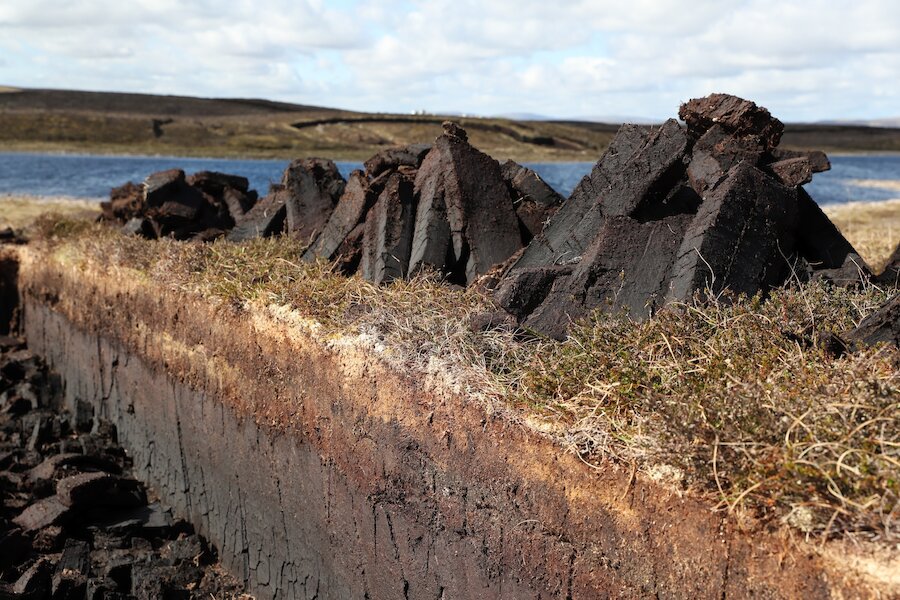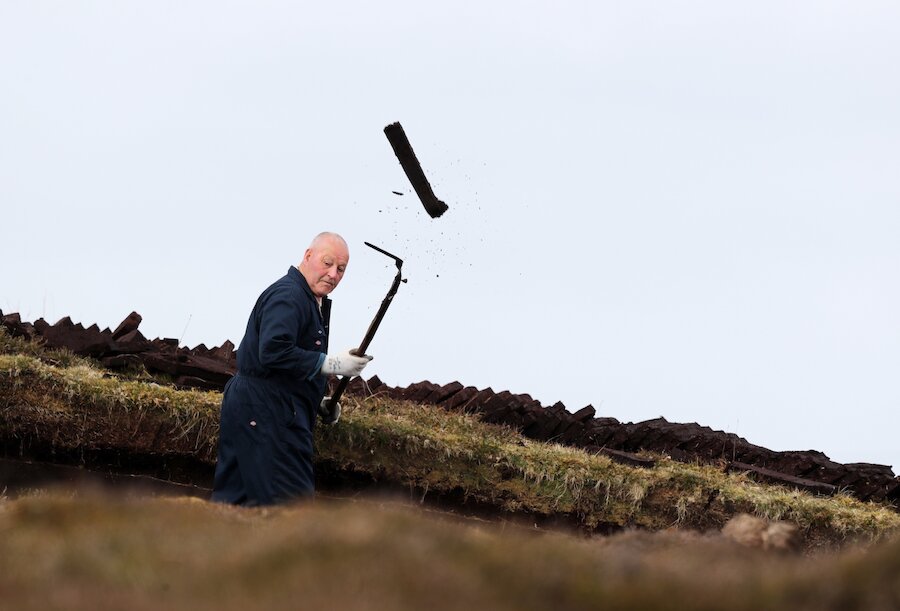Nobody needs telling that this has been the strangest of springs, one unlike any other in living memory. I’m sure I’m not alone in drawing some comfort from the natural world outside my window – seeing the first birds returning to Shetland from their winter quarters hundreds of miles to the south has been a timely reminder that life goes on, and endures.
The past weeks have seen the hills of Shetland smouldering with spring birdsong. The first sparks came from the skylarks – a joyous, thrilling cascade of song spilling one morning from the sky, the birds themselves lost high above me in the blue. In their wake came the anxious fluting of oystercatchers, the bubbling, towering song-flights of curlews, and the cheerful song of meadow pipits. The first marsh marigolds are painting damp places with bold strokes of golden flowers, and down at the shore I’ve heard the whistling squabble of young otters.






